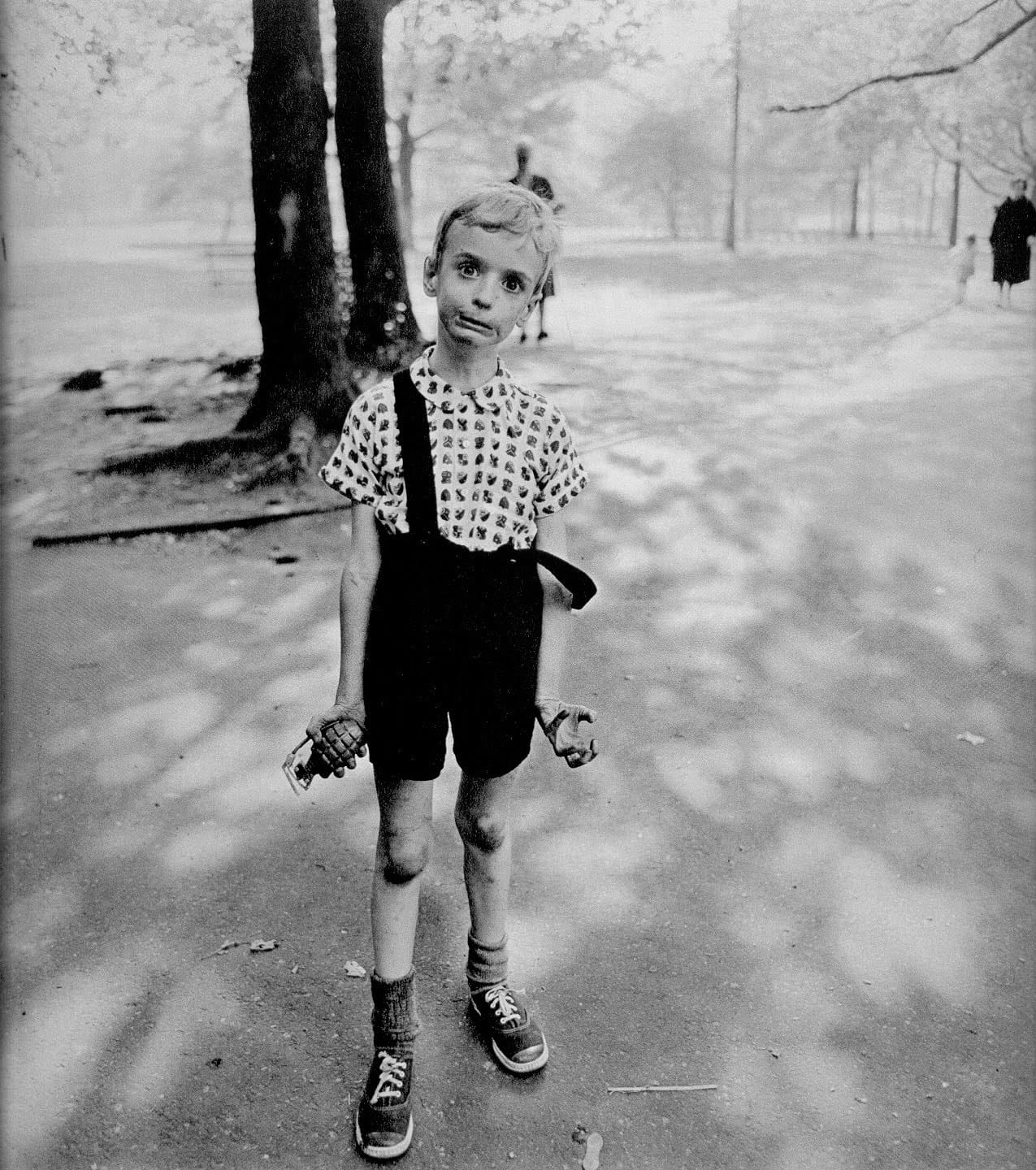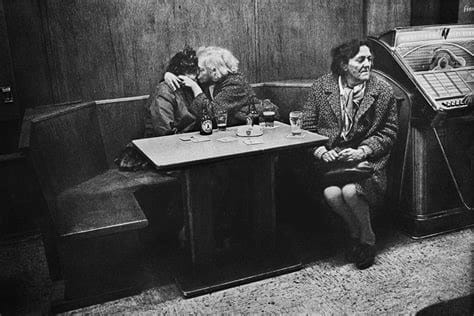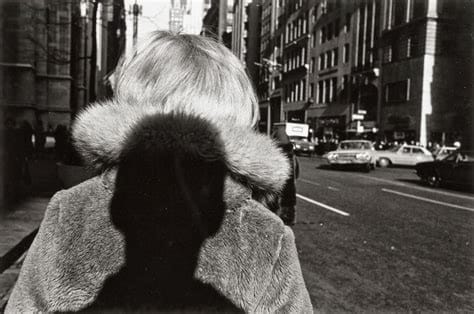On Risk Taking

If there was one thing and one thing only that I could change about my work, photographically speaking, it would be to take greater risks. It is easy to grow comfortable in life; even in difficult and harsh conditions it is our nature to adapt and carry on from a place of acceptance and make-shift comfort. This is a problem for the creative individual. By definition creativity is the breaking away from the norm, a stretching of the sensibilities. It is a disregarding of the comfortable.
When The Rite of Spring (French: Le Sacre du printemps), Stravinsky's composition of avant-garde music debuted in 1913, famously a near-riot broke out in the hall. It was too radical, too different, and not the norm. There were fights and throwing of chairs and general chaos. Yet today, it is a standard of the repertoire. Creative breakthroughs can be like that. They can be challenging and difficult and event violent. And therein lies the problem. To be creative one must be willing and open to being challenged. I have spoken before about the openness necessary to find creative satisfaction and it is not a natural state of being for me. I am in awe of Stravinsky and others like him, risking everything in the pursuit of art.
When I think of ground-breaking photographic risk-takers I think of Diane Arbus, Anders Petersen, and Lee Friedlander, among others. “Giving a camera to Diane,” Norman Mailer said, after sitting for Arbus, “is like putting a live grenade in the hands of a child.”

In a 1957 letter Arbus wrote, "I am full of a sense of promise, like I often have, the feeling of always being at the beginning." To be at the beginning is to be in a state of openness where everything is a measure of risk.
The Swedish photographer Anders Peterson is quoted as saying:
"Be wary of: nicely formulated principles and truths. useless feelings of guilt and sins of the past or while we’re at it a photograph resembling pretty adjectives..."
I can hardly think of a better description of risk taking. To be wary is to be open and alert--there is danger in that, and reward.

Creative risk-taking is a measure of one's self-confidence. Or self-abandonment. You must forgo "likes" and followers, and eschew the feedback of social media in order to find your individual frequency of creative release. It is difficult for the artist to find and develop his or her personal vision and style. The feedback loop of social media adds a modern challenge to the development of the artist. The serious artist should pay little head to all of that, perhaps disregarding it altogether.
At last count Lee Friedlander has published over fifty books. He gets interested in a topic, trees and shrubs, or framed images, or portraits, for instance; then he goes out and makes images accordingly, complies and publishes them as a collection. There is his book, At Work, about people at work; and Children, The Human Clay, about, obviously, children; and Sticks and Stones, Architectural America. You get the idea. There is no category into which you can stick Friedlander. Every project is a risk and he seems immune to the potential downside. In a book about her grandfather, Lee Friedlander, Giancarlo T. Roma writes,*
"That these things in his pictures wouldn't necessarily have been interesting or even noteworthy at all if he didn't photograph them in a certain way was in fact that he never acknowledged or even hinted at. The world was what was fascinating, and he was lucky to have seen the slices of it that he did."

He was perhaps "lucky." He was curious, certainly--and comfortable with his vision such that the risks he took rewarded him.
The American philosopher Martha Nussgaum writes,
“To be a good human being is to have a kind of openness to the world...that it is based on a trust in the uncertain and on a willingness to be exposed; it’s based on being more like a plant than like a jewel—something rather fragile, but whose very particular beauty is inseparable from that fragility.”
I would propose changing the words, good human being, to creative human being. To be a creative human being is to have a kind of openness to the world, to be fragile and comfortable with the risk that that entails.
- Friedlander First Fifty, An inside look at American photographer Lee Friedlander's First Firty Books, Haywire press, 2019